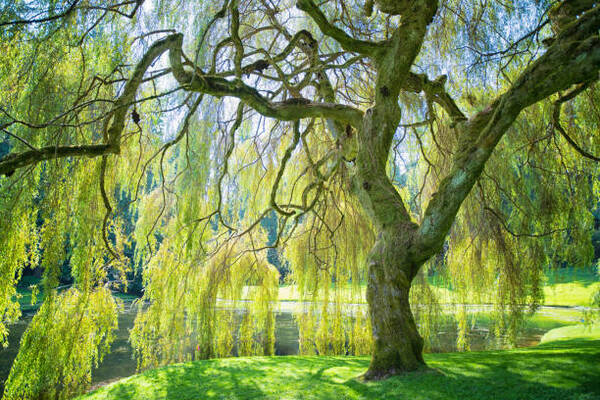- 1-905-452-8193
- Contact Us
- Member Login
- Get Listed Today
- 220,911 members

The flora of Sydney, Australia is both beautiful and diverse. According to tree lopping Sydney experts, there are over 2000 species of native plants in the area, ranging from trees and shrubs to grasses, herbs and ferns. Many of these species have been used by Aboriginal people for a variety of purposes including food, medicine and tools.
The most common tree species that can be found in the Sydney region include Eucalyptus (Gum Trees), Acacia (Wattles) and Callitris (Cypress Pines). These provide shade and habitat for wildlife as well as being an important source of honey production for beekeepers. Most eucalypts have thick bark which helps protect them from fire damage and some species even have special oils that can help in the healing of wounds.
Trees are an important part of our environment and Sydney is no exception. With its beautiful parks, gardens, and street-side trees, Sydney offers a lush green landscape that serves to provide shade, oxygen, and homes for wildlife. But with all this beauty comes some challenges - maintaining these trees can be difficult.
If you're looking for a challenge, Sydney has some of the best trees that are notoriously difficult to maintain yet still offer an array of natural beauty. From exotic species to native species, there are a wide variety of trees that can be found throughout the city.
Here is a list of trees in Sydney that are difficult to maintain.
Tasmanian Blue Gum
These tall and stately trees often grow up to 45 metres high with dense foliage and deep roots. They have a low tolerance for pollution and disease, making them challenging to care for over time.
Globe Cedar
This tree is known for its broad-spreading habit and stunning white bark. While it’s great for providing shade, it also spreads its seeds and is difficult to control.
Weeping Willow
This graceful tree is great for adding an elegant touch to any garden, but it requires a lot of maintenance due to its shallow roots and tendency to drop leaves and branches.
Hoop Pine
Although this pine tree looks attractive, it’s known for growing unevenly which can create hazardous spots in your garden.
Jacaranda Tree
These trees are quite common throughout Sydney, however, they often require more pruning than expected as well as regular fertilization during the summer months since their roots don’t go very deep into the soil.
English Oak
This tree is often seen in Victorian gardens, but it requires extra protection from pests and diseases. It also needs to be pruned frequently as its branches tend to spread outwards in all directions.
Chinese Elm
As a deciduous type of tree, this elm can grow quickly and unpredictably-- which can cause safety concerns for kids playing nearby or even damage the foundations of your house!
Norfolk Island Pine
This coniferous tree has an attractive shape, however, it’s quite difficult to maintain since it prefers growing in sandy soil with high amounts of humidity; something that’s hard to replicate at home!
Flame Tree
With its bright red flowers and vibrant foliage, this tree is a show-stopper. Unfortunately, it’s also prone to diseases and needs regular pruning to keep its shape in check.
Leyland Cypress
With their fast rate of growth, these trees often require frequent pruning as well as fertilization to help keep them healthy.
Murraya Paniculata
While this tree can be quite attractive with its white flowers, it is also very susceptible to diseases and pests. It requires regular spraying with insecticides and fungicides to remain healthy over time.
Japanese Maple
This tree has stunning red leaves during the fall months but they need special care to stay healthy. They are prone to pests and diseases, so they need to be monitored closely when growing in Sydney.
If you’re looking for a challenge—and don’t mind spending extra time and money on upkeep—the trees on this list may just be right up your alley! Otherwise, there are plenty of other options that require less maintenance but still bring beauty to your garden. Be sure to do your research before deciding which tree is best for you!
